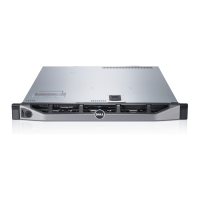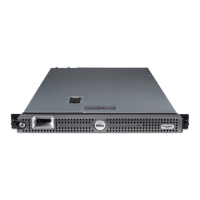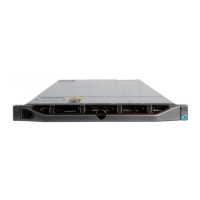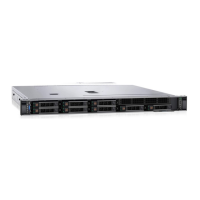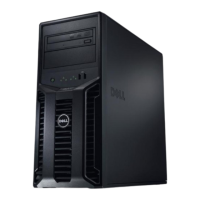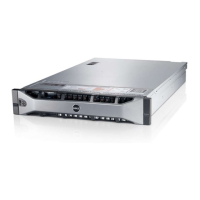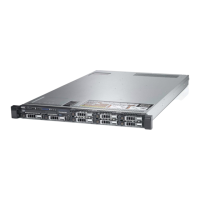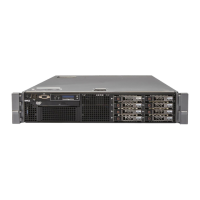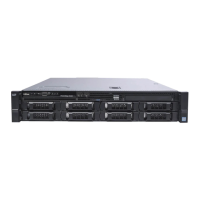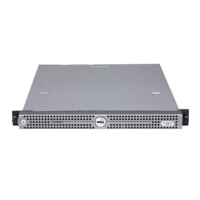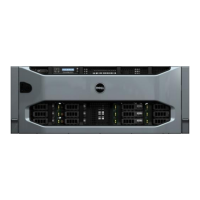Steps
1. Open the expansion card riser latch.
2. Align the following:
a. Guide on the expansion card riser with the guide pin on the system board.
b. Expansion card riser connector with the connector on the system board.
3. Lower the expansion card riser until the expansion card riser is rmly seated in the connector on the system board.
4. Close the expansion card riser latch.
Figure 56. Installing the expansion card riser
1.
expansion card riser 2. guide on the expansion card riser
3. guide pin on the system board 4. riser connector on the system board
5. slot on the chassis 6. expansion card latch
Next steps
Follow the procedure listed in the After working inside your system section.
Related links
Installing an expansion card
Removing an expansion card
Prerequisites
CAUTION: Many repairs may only be done by a certied service technician. You should only perform troubleshooting and
simple repairs as authorized in your product documentation, or as directed by the online or telephone service and support
team. Damage due to servicing that is not authorized by Dell is not covered by your warranty. Read and follow the safety
instructions that are shipped with your product.
1. Follow the safety guidelines listed in the Safety instructions section.
2. Follow the procedure listed in the Before working inside your system section.
3. Disconnect any cables connected to the expansion card or expansion card riser.
4. If installed, remove the expansion card riser.
Steps
1. Hold the expansion card by its edges and remove it from the expansion card riser connector.
2. If you are removing the card permanently, install a ller bracket in the empty expansion card slot and close the expansion card
latch.
95
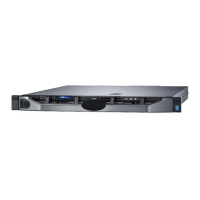
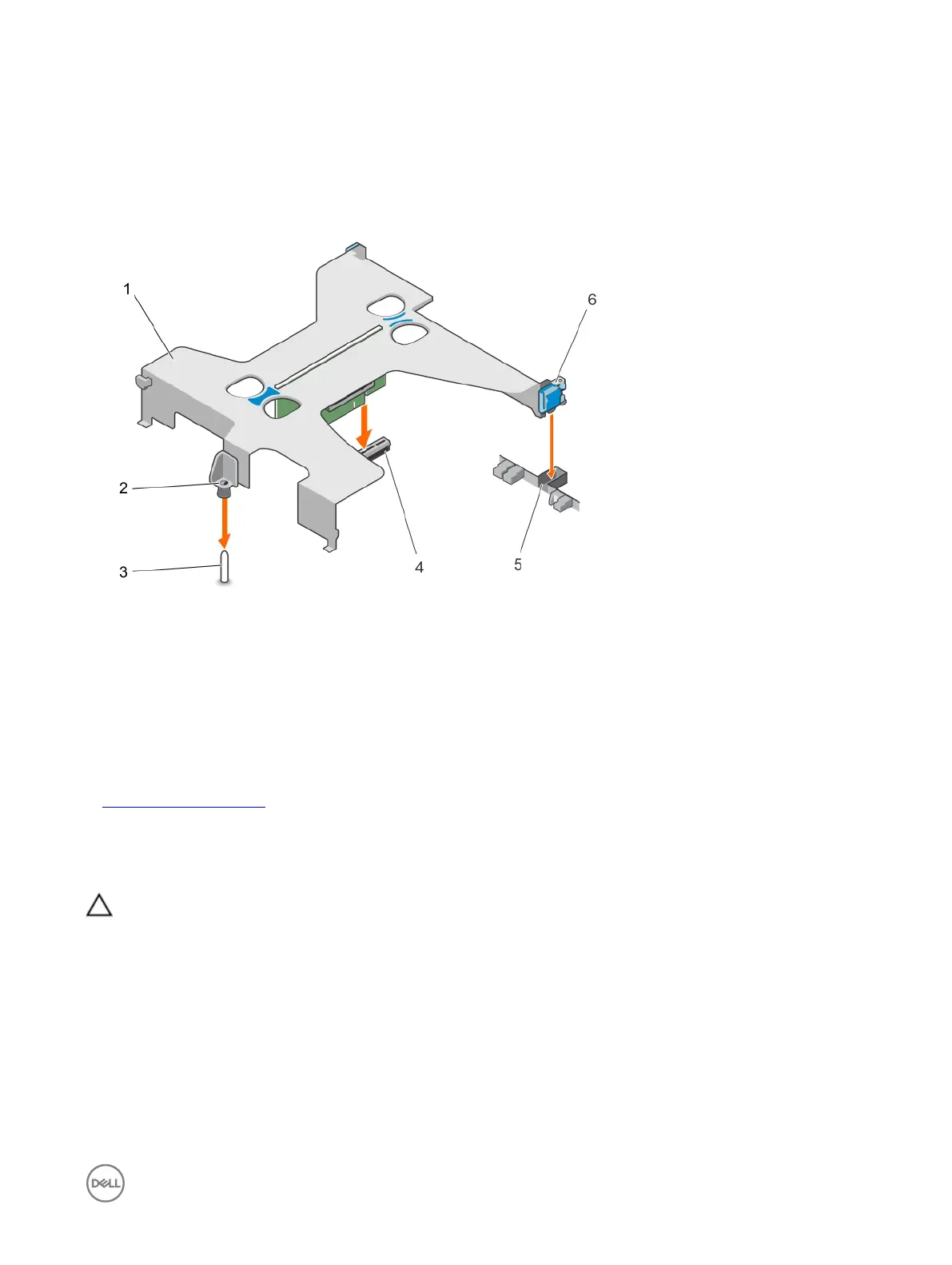